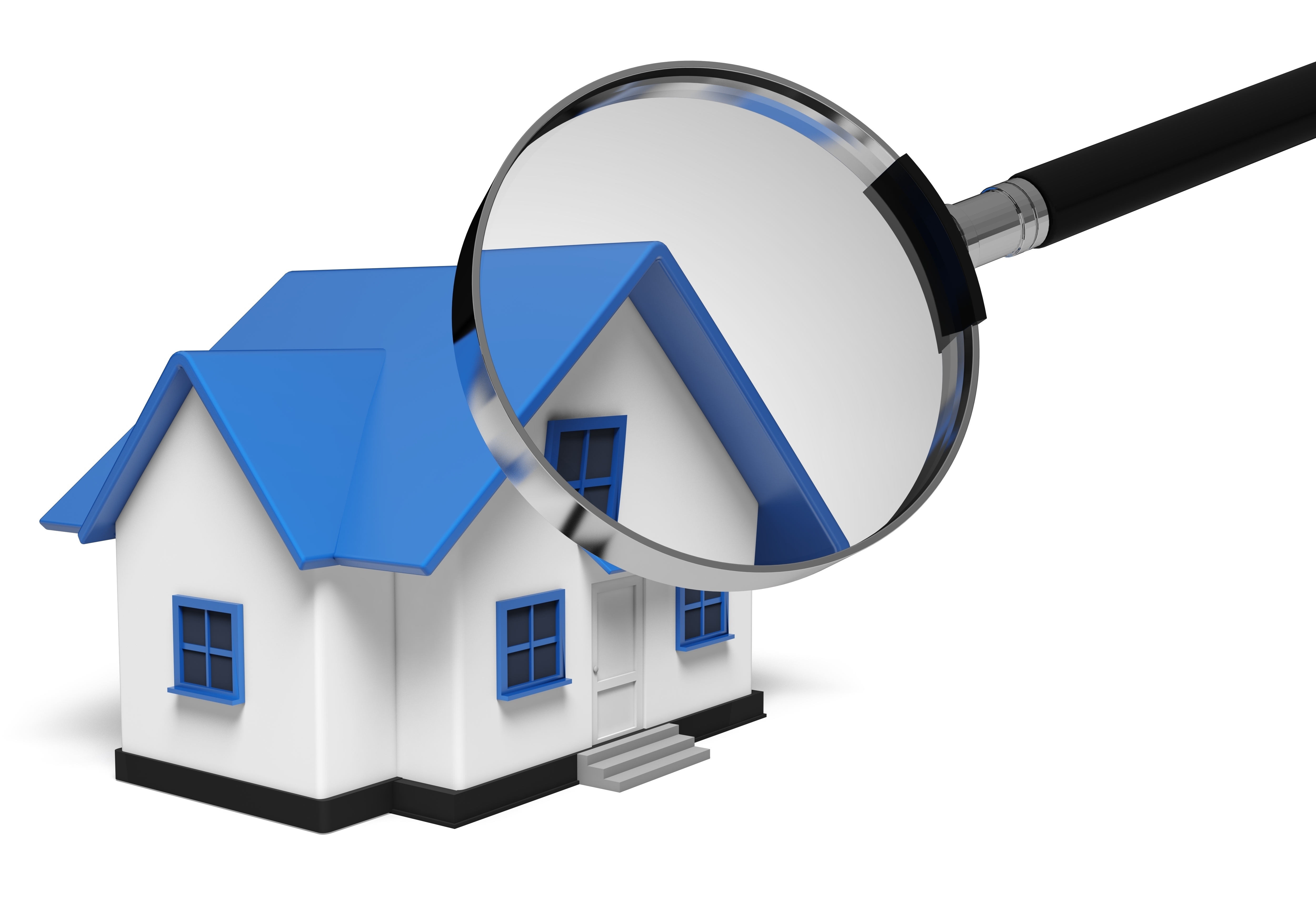
What Goes Into an Appraisal?A home purchase is the largest financial decision many of us might ever encounter. It doesn't matter if a main residence, an additional vacation property or a rental fixer upper, the purchase of real property is an involved financial transaction that requires multiple parties to pull it all off. Most people are familiar with the parties taking part in the transaction. The most recognizable person in the transaction is the real estate agent. Next, the mortgage company provides the financial capital required to bankroll the transaction. The title company sees to it that all details of the transaction are completed and that a clear title passes to the buyer from the seller. So, who makes sure the value of the property is consistent with the purchase price? In comes the appraiser. We provide an unbiased opinion of what a buyer could expect to pay — or a seller receive — for a parcel of real estate, where both buyer and seller are informed parties. A licensed, certified, professional appraiser from Cynthia A. Johnson will ensure, you as an interested party, are informed. Inspecting the subject propertyOur first task at Cynthia A. Johnson is to inspect the property to ascertain its true status. We must physically view features, such as the number of bedrooms and bathrooms, the location, and so on, to ensure they truly are present and are in the condition a reasonable person would expect them to be. The inspection often includes a sketch of the house, ensuring the square footage is correct and conveying the layout of the property. Most importantly, the appraiser identifies any obvious amenities - or defects - that would have an impact on the value of the property. Back at the office, an appraiser uses two or three approaches to determining the value of the property: a sales comparison, a replacement cost calculation, and an income approach when rental properties are prevalent. 
Cost ApproachThis is where the appraiser pulls information on local construction costs, the cost of labor and other elements to ascertain how much it would cost to replace the property being appraised. This estimate commonly sets the maximum on what a property would sell for. It's also the least used predictor of value. 
Paired Sales AnalysisAppraisers can tell you a lot about the neighborhoods in which they work. They thoroughly understand the value of certain features to the homeowners of that area. Then, the appraiser looks up recent transactions in the neighborhood and finds properties which are 'comparable' to the subject in question. Using knowledge of the value of certain items such as remodeled rooms, types of flooring, energy efficient items, patios and porches, or additional storage space, we adjust the comparable properties so that they more accurately match the features of subject.
Once all necessary adjustments have been made, the appraiser reconciles the adjusted sales prices of all the comps and then derives an opinion of what the subject could sell for. When it comes to associating a value with features of homes in Greenville and Greenville, Cynthia A. Johnson is second to none. The sales comparison approach to value is most often awarded the most consideration when an appraisal is for a home exchange. Valuation Using the Income ApproachA third method of valuing a property is sometimes applied when a neighborhood has a reasonable number of renter occupied properties. In this scenario, the amount of income the real estate produces is taken into consideration along with income produced by nearby properties to give an indicator of the current value. Arriving at a Value ConclusionExamining the data from all approaches, the appraiser is then ready to state an estimated market value for the property in question. Note: While the appraised value is probably the best indication of what a property is worth, it may not be the price at which the property closes. There are always mitigating factors such as the seller's desire to get out of the property, urgency or 'bidding wars' that may adjust an offer or listing price up or down. Regardless, the appraised value is often used as a guideline for lenders who don't want to loan a buyer more money than they could get back in case they had to sell the property again. It all comes down to this, an appraiser from Cynthia A. Johnson will help you discover the most fair and balanced property value, so you can make wise real estate decisions. |